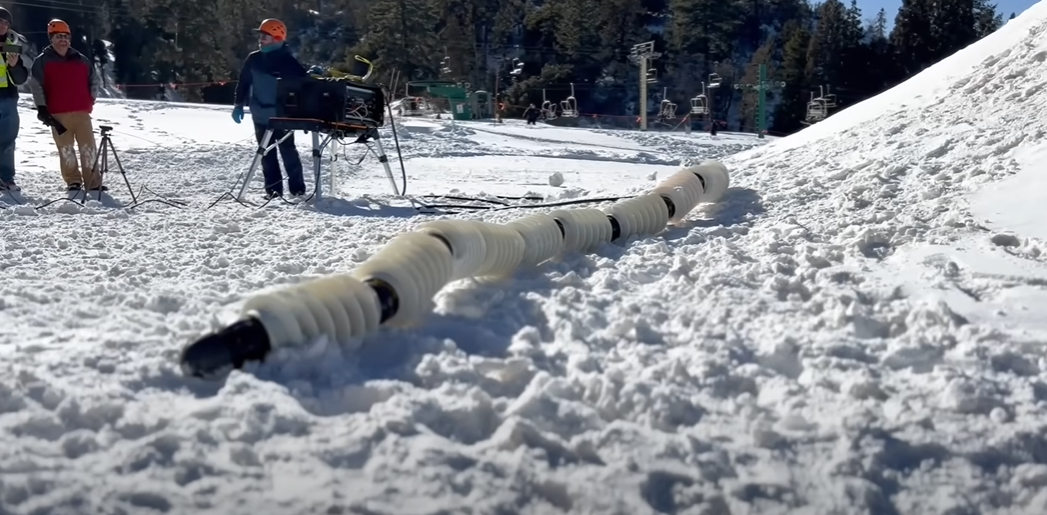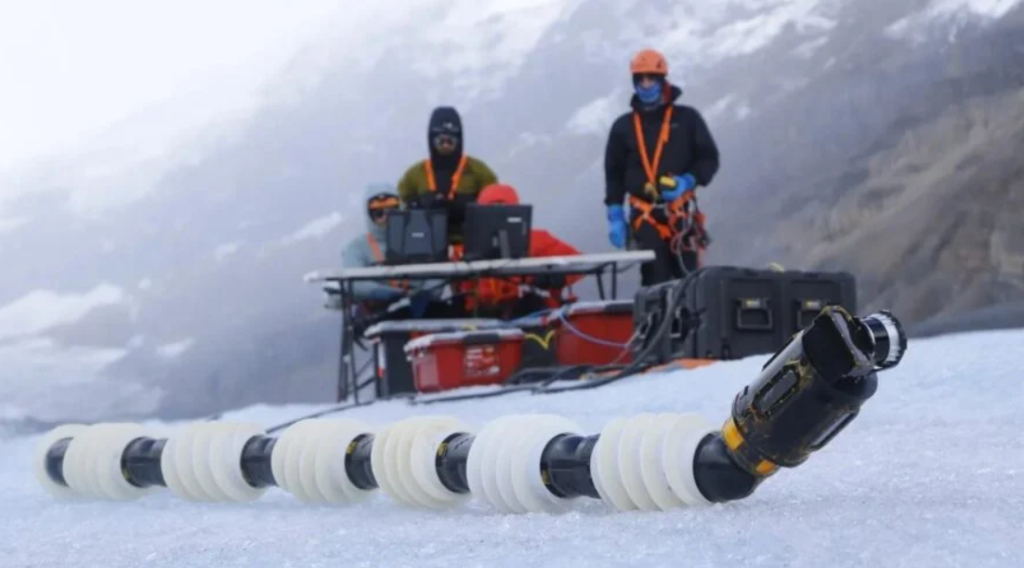In an ambitious quest to unearth the secrets of Saturn’s moon Enceladus, NASA’s Jet Propulsion Laboratory unveils a robotic snake designed to probe beneath the icy surface.
Others are reading now
In one small step toward uncovering the mysteries of our solar system, NASA’s Jet Propulsion Laboratory is putting the final touches on an extraordinary exploration tool.
The Exobiology Extant Life Surveyor (EELS), a 4.4-meter-long robotic snake, represents a pioneering venture aimed at searching for signs of life on Saturn’s intriguing moon, Enceladus. TechCrunch recently presented this remarkable project.
The development of EELS marks a new chapter in space exploration.
Weighing in at 100 kg, this robotic serpent is undergoing rigorous testing on Earth, where scientists have created conditions that mimic the challenging landscapes of Enceladus.
Also read
The robot’s mission is groundbreaking: to delve beneath the moon’s surface and investigate its potentially life-sustaining water bodies.

Adapting to the Unknown
EELS isn’t just any ordinary robot; it’s a marvel of modern engineering designed to thrive in the harsh conditions of an oceanworld.
According to researchers in a recent Science Robotics article, “It is designed to be adapted to navigate oceanworld-like terrain, fluidized environments, closed labyrinth environments, and fluids.”
Equipped with advanced risk-based planning systems and situational awareness, EELS can autonomously navigate the alien landscapes of Enceladus, seeking clues to one of science’s most compelling questions: Does extraterrestrial life exist within our solar system?
The Mystery of Enceladus
Enceladus stands out among the celestial bodies in our solar system due to its geological activity and potential water volcanoes, which not only renew the moon’s frosty surface but also contribute to its rarefied dust ring. The source of this activity remains a mystery, fueling speculation and excitement about what lies beneath.
With EELS, scientists hope to shed light on these enigmas, potentially unlocking new understandings of life’s existence beyond Earth.


